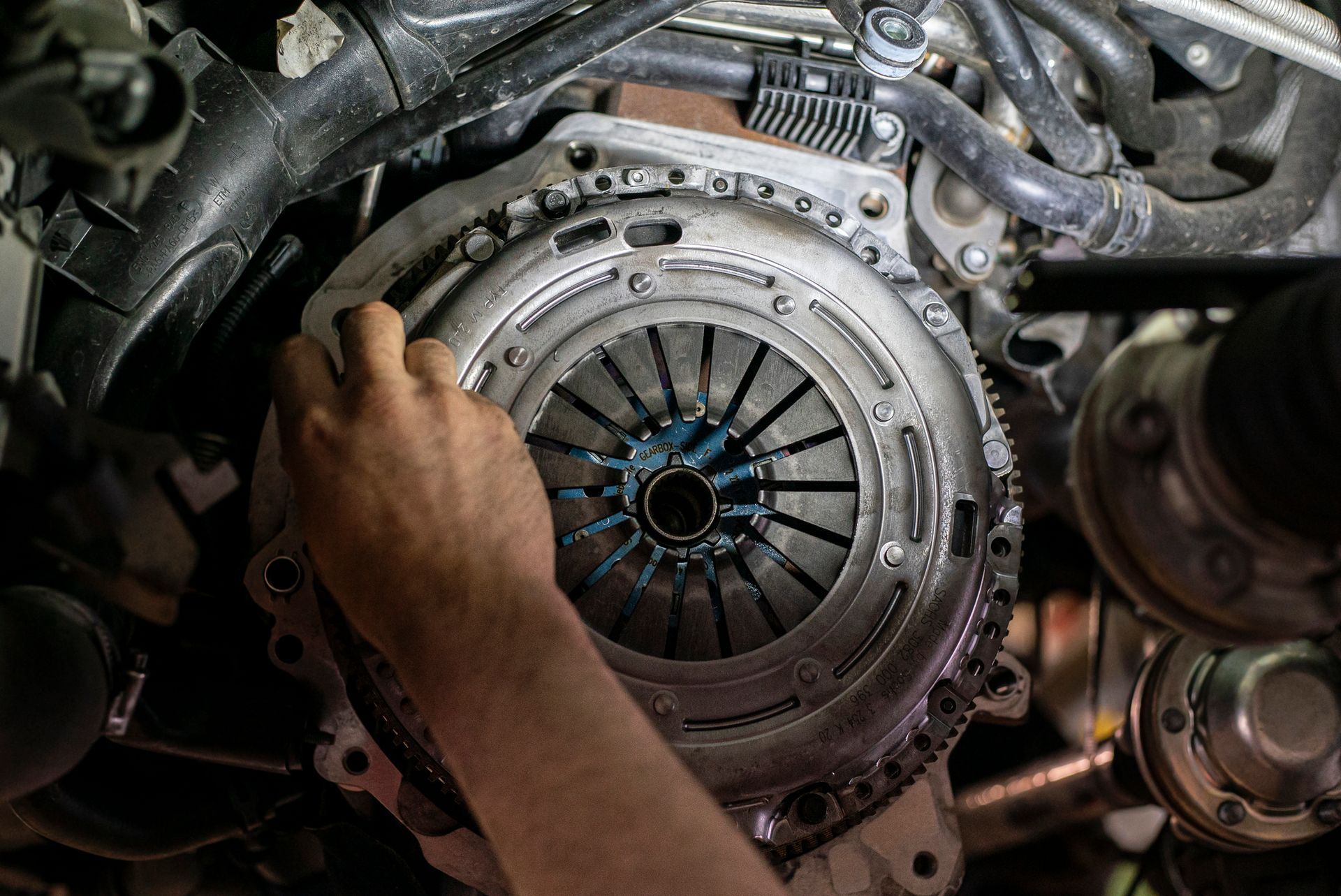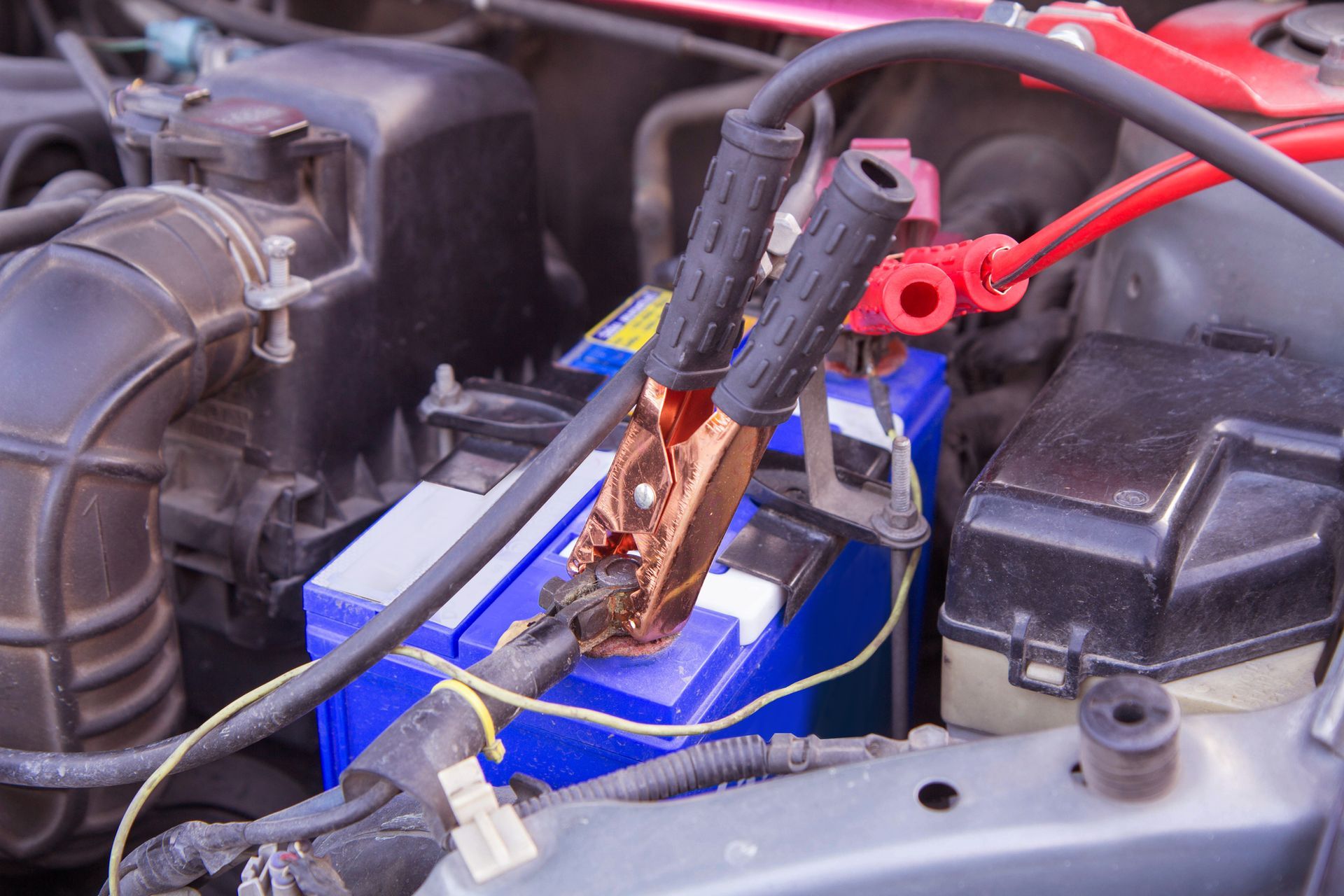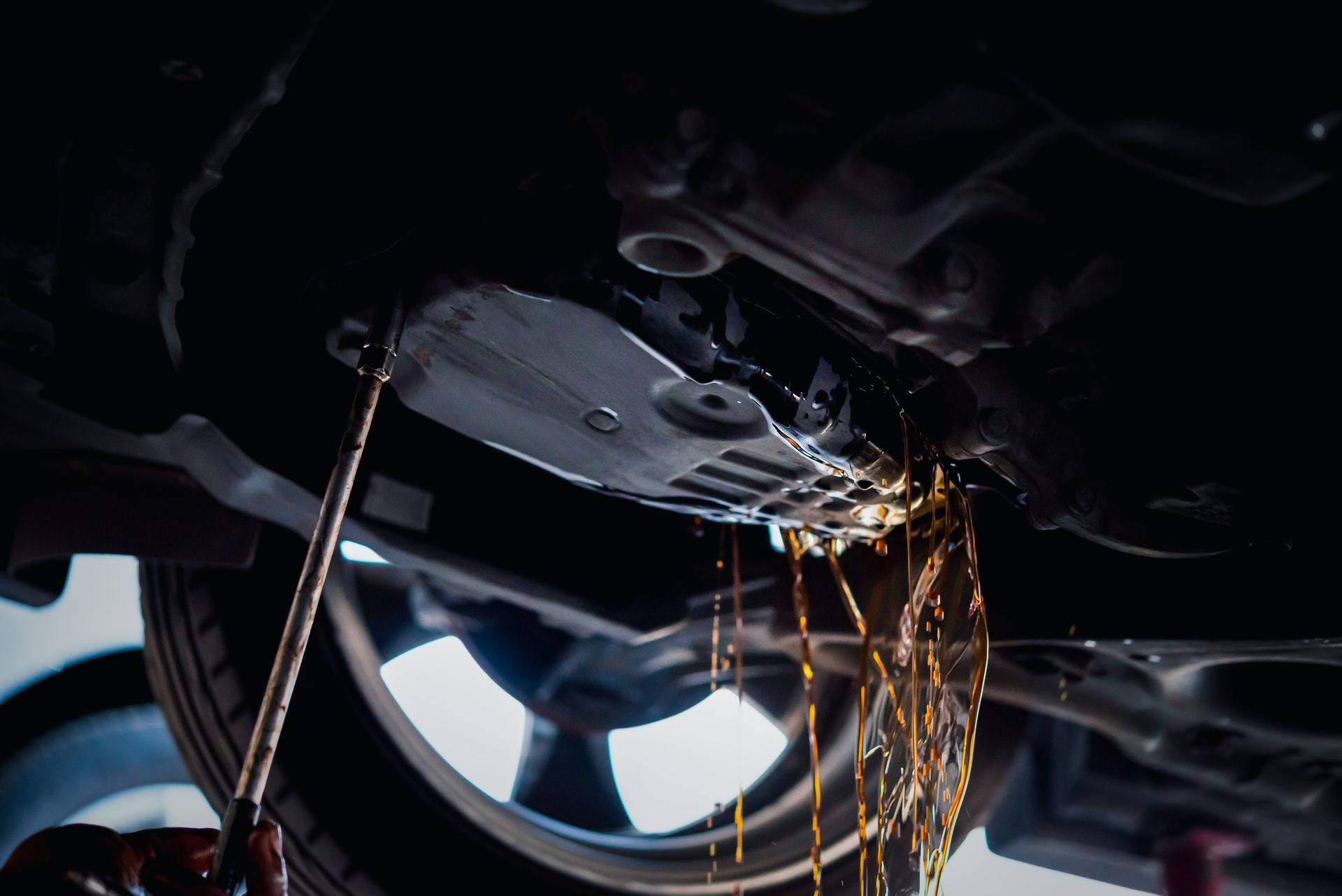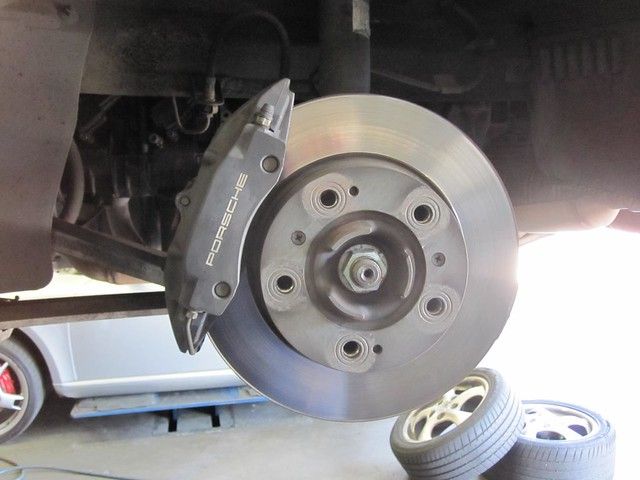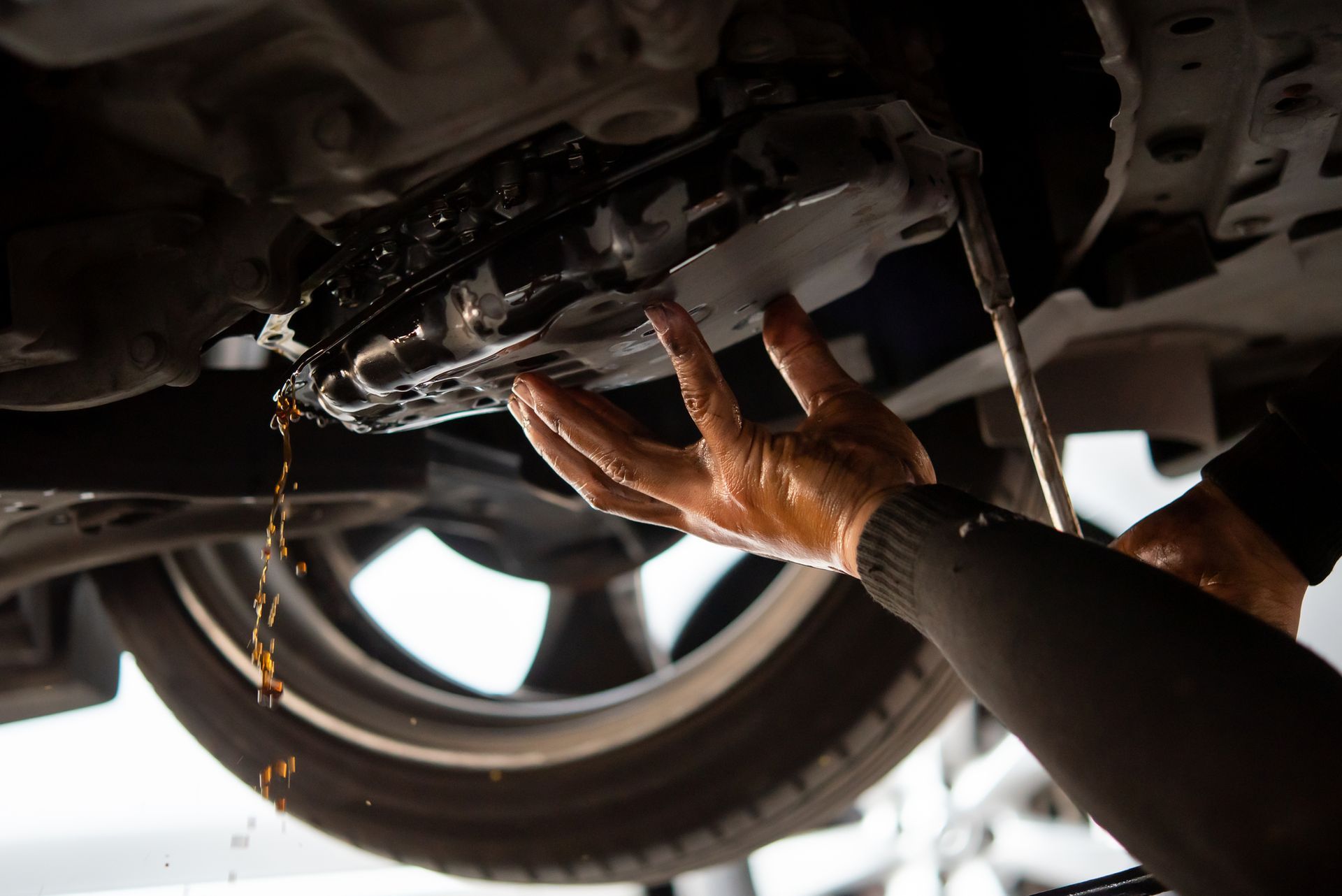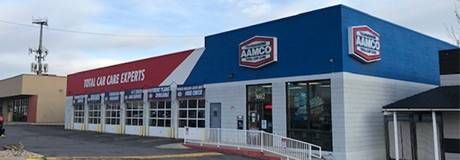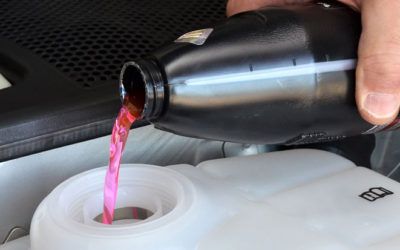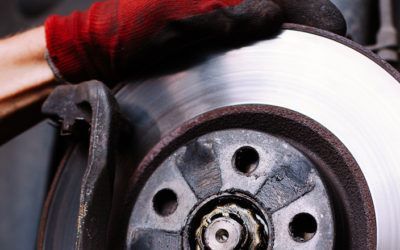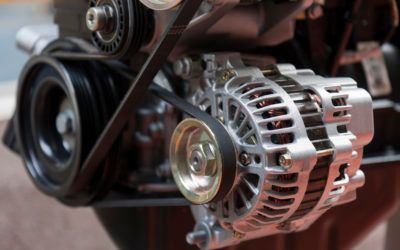Got drips? The most common cause of fluid drips under your car is engine oil but it’s also possible you could have a coolant leak. If you check the level of your coolant, you may find that there’s less than there should be. Your car’s cooling system is closed, meaning...
read moreEngine Oil – What Does My Car Need?
Engine Oil – What Does My Car Need?
A happy engine means a happy car. What can you do to make sure your engine is happy? Your engine oil keeps parts within your car’s engine lubricated, allowing them to carry out their job with ease. When your engine oil is old and contaminated or you don’t have enough oil, your engine’s parts will be more likely to wear down and become damaged. From checking your engine oil at home to keeping up with regular oil changes , it’s easy to help keep your car’s engine running optimally and extend the life of your car.
How to Choose the Right Type of Oil
There are a lot of different types of engine oil out there and you may be overwhelmed when you go to pick up a container from your local auto shop. What’s the difference between them all?
Viscosity
First off, the “W” in the different types of oil stands for winter. The number before the “W” designates the oil’s viscosity at zero degrees Fahrenheit. As motor oil warms, it becomes thinner and vice versa. With that in mind, you also want to know the viscosity as your engine warms. The second number in the type of oil represents the viscosity at 212 degrees Fahrenheit.
Each engine will have an optimal range for viscosity, so you should check your car’s manual to ensure you get the right type when buying your own motor oil.
Conventional vs Synthetic
Conventional oil is the standard go-to for most cars. More specifically, conventional oil with a viscosity of 5W-20, 5W-30, or 10W-30 will take care of most standard cars.
Some cars require synthetic oil – often when they have more high-tech engines, likely found with performance and heavy-duty cars. Full synthetic oil is made to have better and longer-lasting performance, plus they generally operate more efficiently at both lower and higher temperatures. However, these are more expensive and can be bad for certain engines, so it’s not recommended to buy synthetic if your car’s manual does not say to use it.
There are also synthetic blend and higher mileage oils for more specialized use. Often, synthetic blend oil may be used in pickups and SUVs to help with carrying heavier loads. If you want to keep your car around even once it’s getting up there in miles, you can use higher-mileage oil. These are formulated with seal conditioners to help restore shape and flexibility to the seals within your car’s engine.

At-Home Maintenance
There are a few things you can do yourself to make sure your engine runs well. By paying attention to certain areas of your car, you can be sure you won’t run into problems regarding your motor oil.
Check Engine Oil Level Regularly
In most cars, it’s easy to check the oil level. There will be a dipstick under your hood labeled oil – pull it out, wipe it off, then reinsert. When you pull it out again, it will show the level of oil in your engine. You can use lines marked on the dipstick to judge whether you need to top it off. If it is low, you likely have a bigger problem and should make an appointment with your local mechanic.
Shoddy Repairs
This can range from insignificant to serious, depending on what was done. Improper installation of modifications or accessories may be simple enough, but if previous mechanics did bad repair work on the engine or transmission, that can end up being very expensive down the road. A pre-purchase inspection will bring to light any of these problems before they become a huge expense for you.
Is Your Oil Service Light On?
Many newer cars have a light that will come on when you have driven a certain number of miles since your last oil change. If this is the case with your car, don’t ignore that light when it turns on. Ignoring the oil change light and putting off getting an oil and filter service done will only cause more serious problems.
Look for Oil Spots Under Your Car
One problem that can cause low oil levels is a leak. This could mean worn out seals or a crack in part of your engine, but if a leak is your problem, you will likely notice oil spots under your car when it has been sitting for a while. Keep an eye out for any new oil spots and schedule an auto repair service if you notice any.

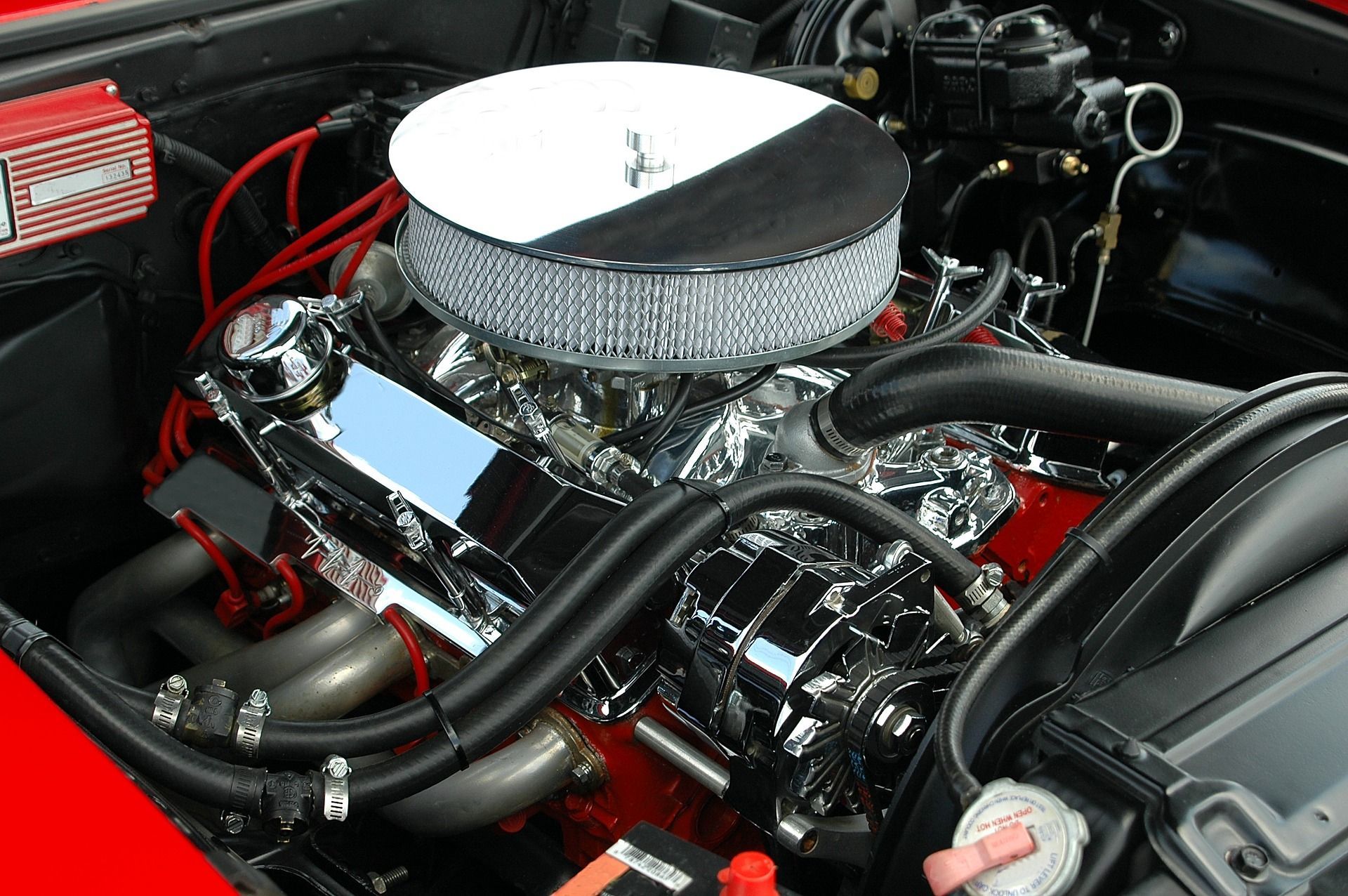
Regular Oil Changes Keep Your Engine Happy
By keeping up with regular oil change services , you make sure the parts in your engine are adequately lubricated. This means you avoid causing extra damage and expensive auto repair services. It’s recommended that you have an oil and filter service twice a year to make sure your oil isn’t overly contaminated or degraded. When you get them less frequently, you may notice a difference in how your car runs and even gas mileage.
AAMCO Utah Car Repair Services Keep You on the Road
Time for an oil change ? Don’t wait to schedule your appointment with AAMCO Utah. Our expert mechanics are ready to carry out any auto service , whether simple or extensive. Even the simplest auto repair service makes a big difference in the lifespan of your car.
Find your local AAMCO Utah
More from our Blog
My Brakes Feel Sticky – What Does This Mean?
Brakes suddenly feel like they stepped in some gum? It’s inconvenient when you’re walking – it’s even more inconvenient, and also unsafe, when it’s your brakes sticking. Sticky brakes can lead to some serious brake repairs, so it’s important to get them checked out...
read moreHow Often Should I Get an Oil Change?
The short answer – there’s no standard answer for when you should get an oil change. While there are general guidelines, it’s best to think about your car more specifically because there are a lot of factors that contribute to when you’ll need another oil change....
read more5 Essential Car Care Tasks for When the Weather Gets Cold
When the weather outside is frightful, the last thing you want is car trouble. Every time of the year comes with its own set of seasonal car care services you should check off your list to keep your car running well. As winter approaches, it’s a good idea to start...
read moreHelp! My Car Will Only Go in Reverse
You get in your car, start the engine, and shift into Drive – but your car will only back up. What’s the deal? Unfortunately, the culprit is most likely your transmission, meaning you could have a big car repair to deal with. Fortunately, the mechanics at AAMCO Utah...
read moreTop Three Ways Cold Weather Can Affect Your Car
Cold, harsh winter weather is hard on more than just your nose and fingers. Proper winter care takes into account what cold weather specifically does to different parts of your car. Winter roads are notoriously hard to drive on once snow and ice hit, so you want to be...
read moreIs My Alternator Failing? Signs to Watch Out For
Have you started noticing odd flickers and strange noises while driving your car? You’re not making it up and your alternator could be the culprit. Simply put, your alternator converts power from your crankshaft into electricity that helps power important systems in...
read moreBook an Appointment

Navigate our Blog
Recent Posts
The post Engine Oil – What Does My Car Need? first appeared on AAMCO Utah Transmission Repair and General Car Repair.
Share
